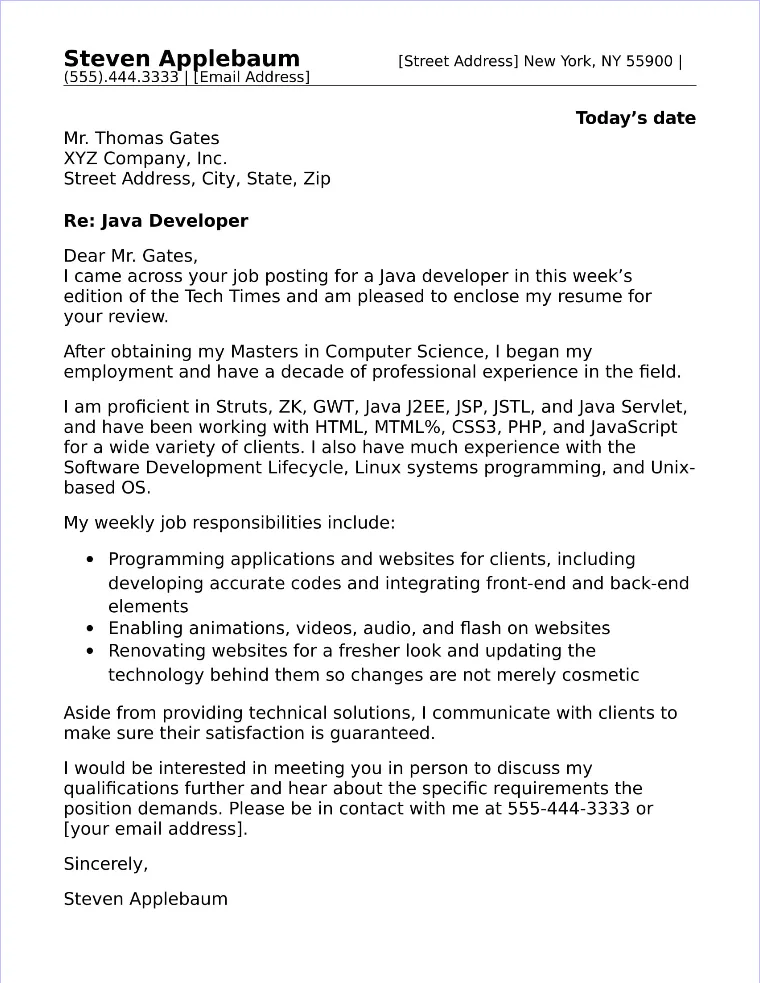What is an IT Cover Letter?
An IT cover letter is a crucial document that accompanies your resume when applying for jobs in the information technology field. It serves as your first introduction to a potential employer and provides an opportunity to showcase your skills, experience, and enthusiasm for the specific role. A well-crafted cover letter can significantly increase your chances of getting an interview, while a poorly written one can lead to your application being overlooked. It’s your chance to make a strong first impression and demonstrate why you are the best fit for the position.
Purpose of an IT Cover Letter
The primary purpose of an IT cover letter is to introduce yourself to the hiring manager and provide context to your resume. It allows you to highlight your relevant skills and experiences, explain why you’re interested in the specific role and company, and demonstrate your understanding of the company’s needs. Unlike a resume, which provides a factual overview of your qualifications, a cover letter allows you to express your personality, enthusiasm, and unique value proposition. It’s a chance to connect with the employer on a more personal level.
Key Components of an IT Cover Letter
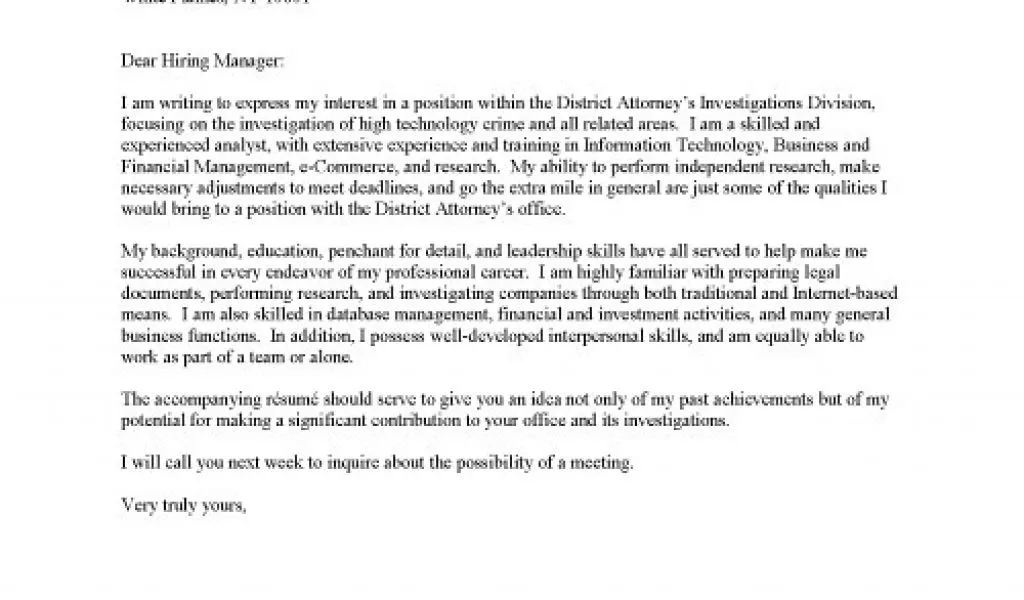
A strong IT cover letter includes several key components that work together to create a compelling narrative. These elements are essential to making a positive impression on the hiring manager and increase your chances of securing an interview. Including all of the necessary information is an important aspect of a complete application.
Contact Information
At the top of your cover letter, include your contact information, making it easy for the hiring manager to reach you. This typically includes your full name, phone number, email address, and optionally, your LinkedIn profile URL or personal website. Ensure that your contact information is accurate and up-to-date, as this is how recruiters will contact you for interviews or further steps in the hiring process.
Applicant’s Information
This section includes your name, address, phone number, and email. Use a professional email address, such as your name at a common domain (e.g., john.doe@email.com). Make sure your phone number is current and you are available to answer calls.
Date
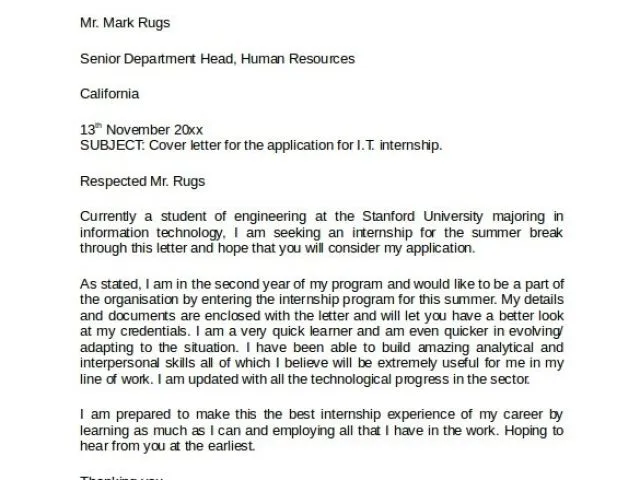
Include the current date to indicate when the cover letter was written. This helps the hiring manager understand when the application was submitted and provides a reference point. The date is typically placed below the contact information.
Hiring Manager Information
Below your contact information and the date, include the hiring manager’s name, title, and the company’s address. If you can’t find the hiring manager’s name, use the title of the person responsible for hiring. Addressing the cover letter to a specific person shows that you have researched the company and are genuinely interested in the position. This also makes your application stand out among the competition.
Addressing the Hiring Manager
Start your cover letter with a professional salutation. If you know the hiring manager’s name, use “Dear Mr./Ms./Mx. [Last Name].” If you don’t know the name, use a general salutation like “Dear Hiring Manager” or “Dear [Company Name] Hiring Team.” Avoid generic greetings like “To Whom It May Concern” as they can appear impersonal.
The Opening Paragraph
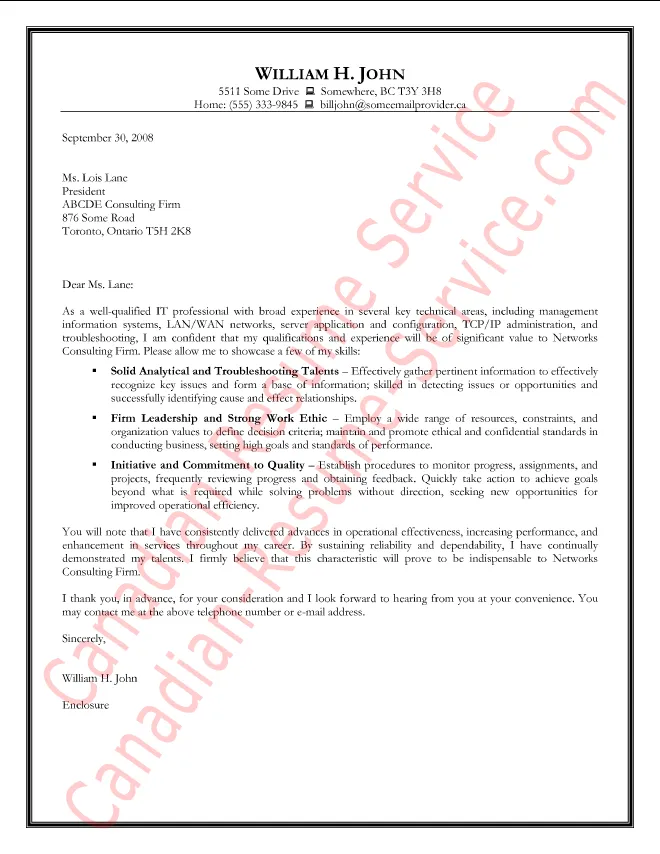
The opening paragraph is your first opportunity to capture the hiring manager’s attention. It should be concise, engaging, and clearly state the purpose of your letter. It should be designed to make the reader want to continue reading and learn more about your qualifications.
Grabbing the Reader’s Attention
Start with a strong hook that grabs the reader’s attention. This could be a brief mention of a significant achievement, a relevant skill, or your enthusiasm for the company. Avoid generic opening statements that can bore the reader. For example, mention how you are a seasoned network engineer or highlight that you have reduced IT costs by a considerable percentage.
Stating Your Intent
Clearly state the position you are applying for and where you found the job posting. Mention the job title and the company to avoid any confusion. Briefly explain why you are interested in the role and the company, demonstrating your knowledge of the company’s mission, values, or recent projects. Show genuine enthusiasm for the opportunity.
Highlighting IT Skills and Experience
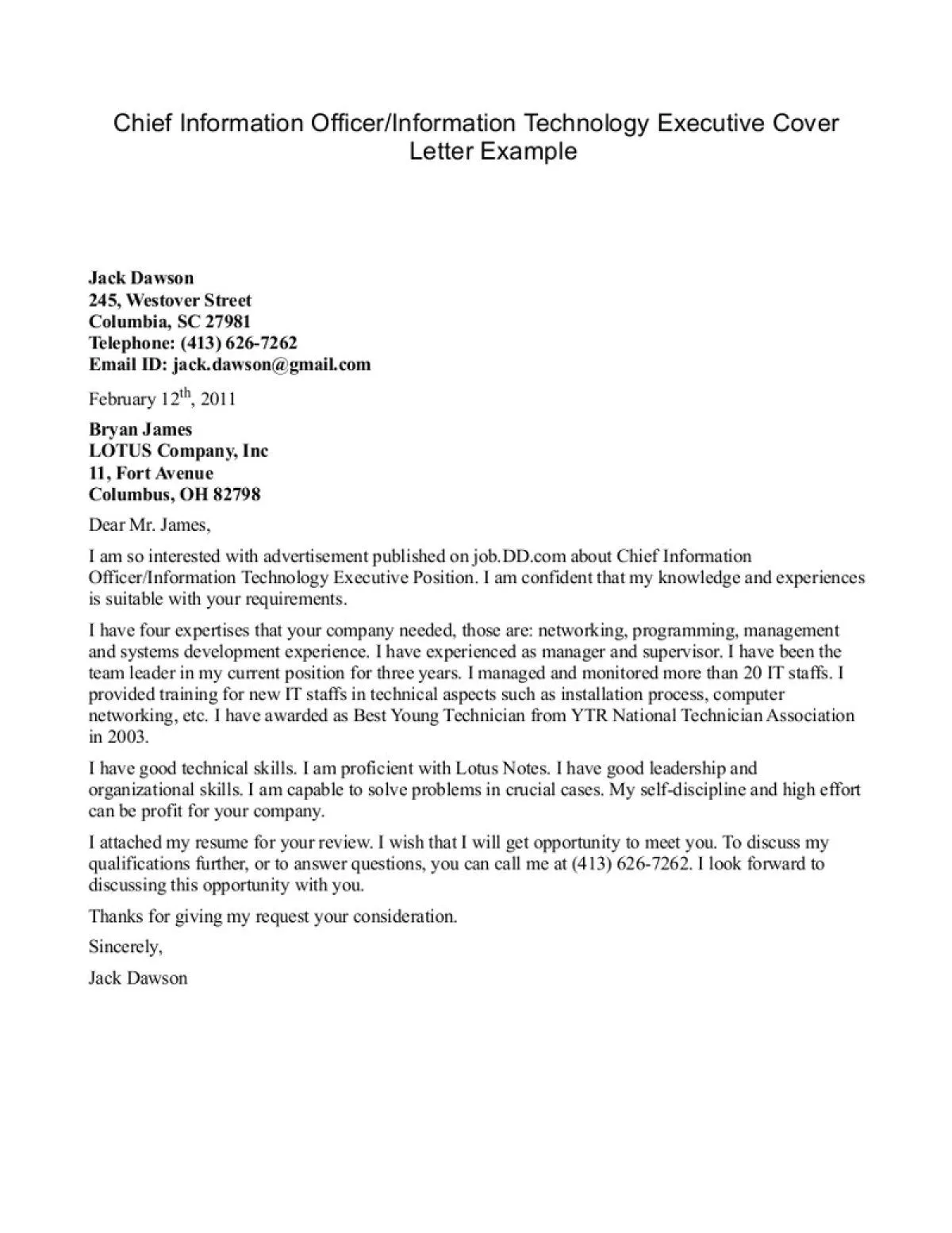
This section is where you showcase your technical expertise and demonstrate your ability to fulfill the job requirements. Highlight your most relevant skills and experiences that align with the job description. Quantify your achievements whenever possible and provide specific examples to support your claims.
Technical Skills
List your technical skills that are relevant to the job, such as programming languages, software, hardware, and operating systems. Tailor your skills list to match the requirements mentioned in the job description. Provide specific examples of how you’ve used these skills in previous roles to solve problems, improve efficiency, or achieve results. For example, if the job requires experience with Python, mention specific projects where you have utilized this skill.
Project Experience
Describe your relevant project experience, emphasizing your role, the tasks you performed, and the outcomes you achieved. Use the STAR method (Situation, Task, Action, Result) to structure your examples and demonstrate your problem-solving abilities. Mention any specific projects that are particularly relevant to the role. For example, explain how you led a team in implementing a new cybersecurity system.
Quantifiable Achievements
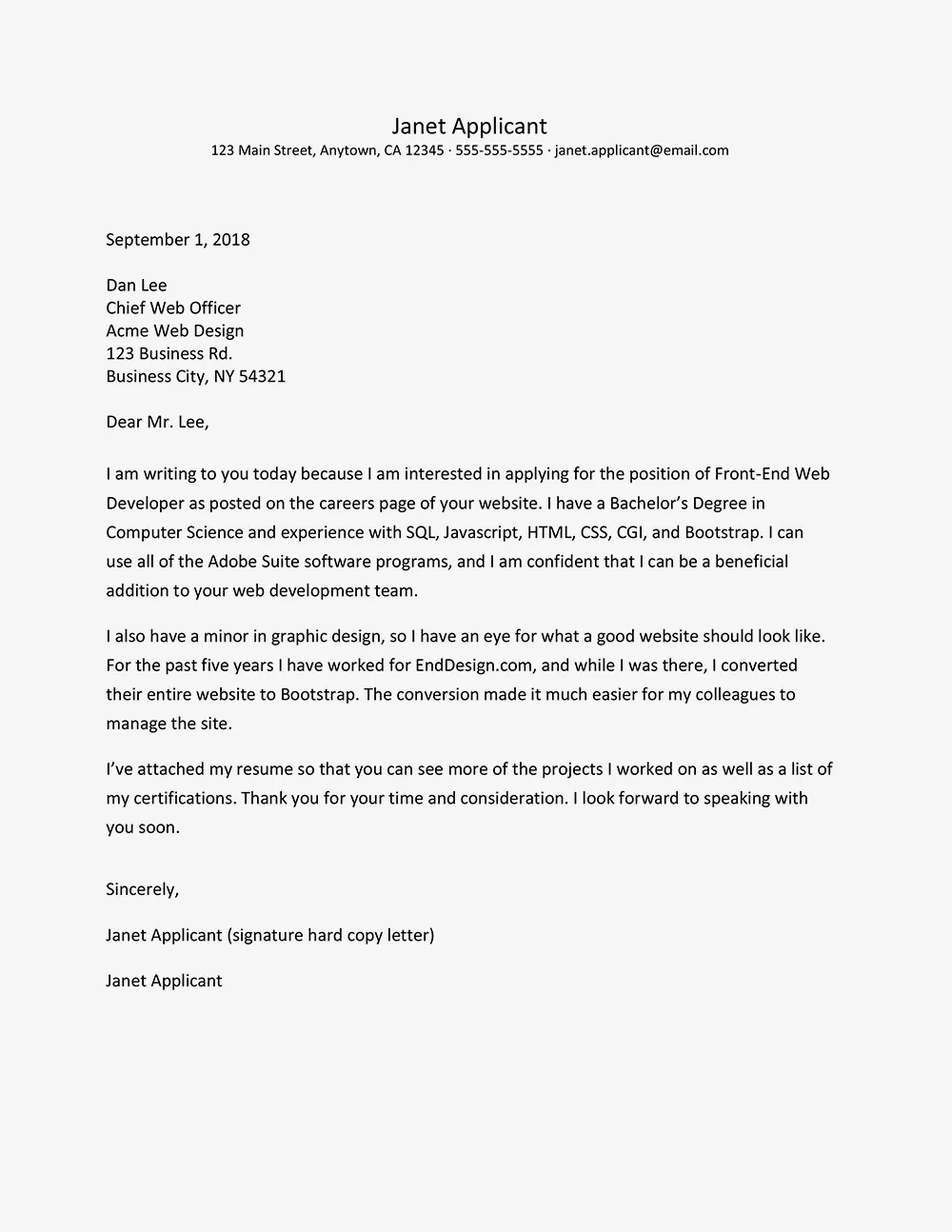
Whenever possible, quantify your achievements to demonstrate the impact of your work. Use numbers, percentages, and specific data to illustrate your successes. For instance, instead of saying “Improved network performance,” say “Improved network performance by 25% by implementing a new routing protocol.” This helps the hiring manager understand the value you bring.
Showcasing Relevant Certifications
Include any relevant certifications that support your skills and expertise. List the certifications you hold, such as CompTIA A+, Cisco CCNA, or Microsoft Azure certifications. Mention the date you earned the certification and, if applicable, any specializations. Certifications validate your skills and demonstrate your commitment to professional development.
Demonstrating Soft Skills
In addition to technical skills, employers also value soft skills. These are interpersonal abilities that enable you to work effectively with others and contribute to a positive work environment. Showcasing these traits can set you apart from other candidates.
Communication Skills
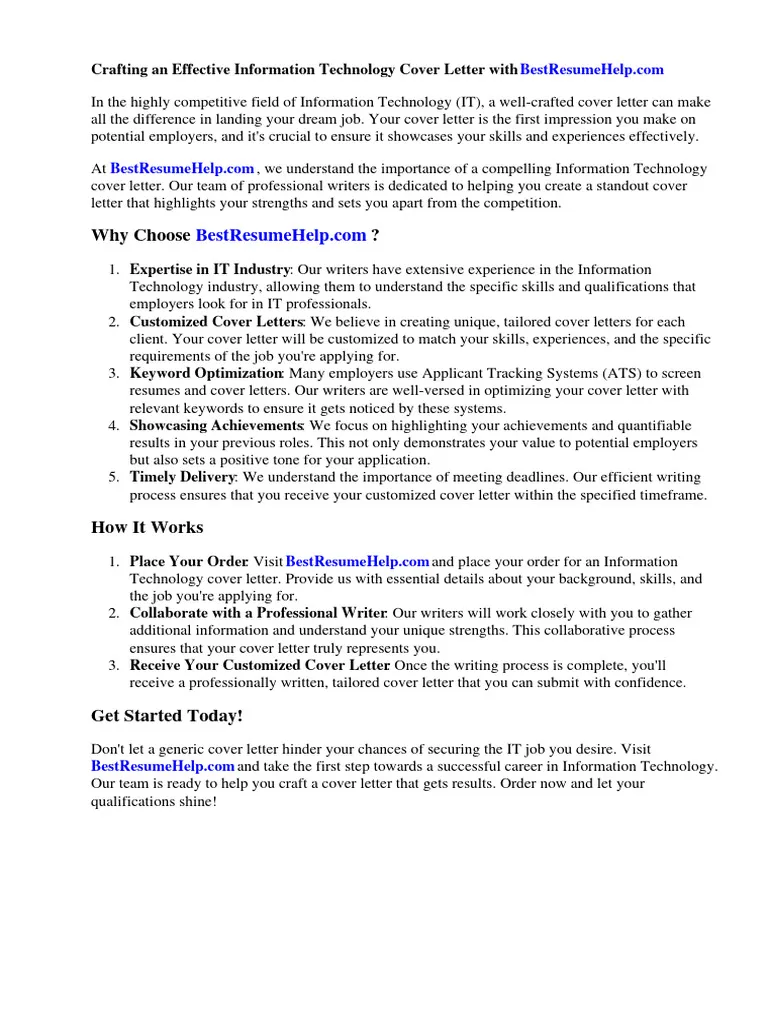
Highlight your communication skills, including written and verbal communication. Mention your ability to explain complex technical concepts clearly and concisely, both to technical and non-technical audiences. Provide examples of your experience with presenting technical information, writing reports, or communicating with clients.
Problem-Solving Abilities
Demonstrate your problem-solving abilities by describing how you approach and resolve technical issues. Provide examples of situations where you identified and fixed problems, using a methodical and effective approach. Detail how you analyzed the problem, developed solutions, and implemented them successfully. For example, you could say “I implemented a new system that resolved a major issue on a network that was causing it to frequently go down.”
Teamwork and Collaboration
Emphasize your ability to work effectively as part of a team. Describe your experience collaborating with colleagues, sharing knowledge, and contributing to a team’s success. Mention any experience leading or mentoring teams, or participating in cross-functional projects. Provide an example of working with a team and achieving a major goal.
The Closing Paragraph
The closing paragraph should leave a lasting impression and encourage the hiring manager to take the next step. This is your last chance to convince the reader to offer you an interview.
Expressing Enthusiasm
Reiterate your enthusiasm for the position and the company. Mention why you are particularly interested in the opportunity and how your skills and experience align with the company’s goals. Reiterate your interest, but keep it concise and enthusiastic.
Call to Action
End with a clear call to action. Express your willingness to discuss your qualifications further and provide your contact information again. State that you look forward to hearing from the hiring manager soon or thank them for their time and consideration. Make it easy for the hiring manager to move forward.
Formatting Your IT Cover Letter
Proper formatting enhances readability and presents you in a professional light. Pay attention to the visual presentation of your cover letter to make it easy to read and understand.
Font Selection
Choose a professional and easy-to-read font, such as Times New Roman, Arial, Calibri, or Helvetica. Use a font size between 10 and 12 points. Ensure consistency throughout the document.
Margins and Spacing
Use standard margins (1 inch on all sides). Use single spacing for the body of the letter and double spacing between paragraphs. This helps ensure that the cover letter looks neat and organized, making it easier to read.
Proofreading and Editing
Thoroughly proofread and edit your cover letter for any grammatical errors, typos, or spelling mistakes. Have someone else review your cover letter to catch any errors you may have missed. A polished and error-free cover letter reflects your attention to detail and professionalism.
IT Cover Letter Examples
Reviewing examples of cover letters for various IT roles can provide valuable insights and help you create your own. Here are a few examples to guide you. These examples are not exhaustive and are meant to serve as a starting point for you to tailor a custom cover letter for the specific job you are seeking.
Example 1 System Administrator
Dear [Hiring Manager Name],
I am writing to express my keen interest in the System Administrator position at [Company Name], as advertised on [Platform]. With my extensive experience in managing and maintaining IT infrastructure, I am confident I can significantly contribute to your team. My expertise includes server administration, network configuration, and security management. In my previous role at [Previous Company], I successfully reduced downtime by 15% by implementing a new monitoring system. I am adept at troubleshooting and resolving technical issues efficiently, which I believe aligns with the requirements of this role. I look forward to the opportunity to further discuss my qualifications and demonstrate how I can benefit [Company Name].
Sincerely, [Your Name]
Example 2 Network Engineer
Dear [Hiring Manager Name],
I am eager to apply for the Network Engineer position at [Company Name], as advertised on [Platform]. My background in network design, implementation, and maintenance aligns perfectly with your requirements. In my previous role at [Previous Company], I designed and deployed a new network architecture that improved network performance by 20%. I am proficient in configuring routers, switches, and firewalls, and I have extensive experience with Cisco and Juniper technologies. I am particularly excited about the opportunity to contribute my skills to [Company Name].
Sincerely, [Your Name]
Example 3 Software Developer
Dear [Hiring Manager Name],
I am writing to express my strong interest in the Software Developer position at [Company Name], as advertised on [Platform]. With my strong background in software development, I am confident I can contribute meaningfully to your team. I am proficient in languages like Java, Python, and C++, and I have hands-on experience with Agile development methodologies. In my recent project, I played a key role in developing a new feature that improved user engagement by 30%. I am eager to apply my skills and contribute to [Company Name]’s innovative projects.
Sincerely, [Your Name]
Tips for Tailoring Your IT Cover Letter
To make your cover letter stand out, customize it for each job application. Avoid using a generic cover letter; instead, tailor it to the specific job requirements and company culture. Research the company and align your skills and experiences with their needs.
Research the Company
Research the company’s mission, values, and recent projects. Understanding the company’s goals will help you tailor your cover letter to show how your skills align with their needs. Visit the company’s website, review their social media profiles, and search for news articles to learn more about their work environment and current projects.
Match Skills to the Job Description
Carefully review the job description and identify the key skills and qualifications the employer is seeking. Highlight your relevant skills and experiences that match those requirements. Use the same keywords and phrases from the job description in your cover letter to show that you meet the job’s needs.
Use Keywords
Incorporate keywords from the job description throughout your cover letter. This will help your application get past applicant tracking systems (ATS) and make it easier for the hiring manager to identify your relevant skills. Integrate keywords naturally within your sentences and paragraphs, rather than stuffing them in unnaturally.
Common Mistakes to Avoid
Avoiding common mistakes can significantly improve the quality of your cover letter and increase your chances of success. Be aware of these pitfalls and take steps to avoid them.
Typos and Grammatical Errors
Typos and grammatical errors can damage your credibility and suggest a lack of attention to detail. Always proofread your cover letter carefully and have someone else review it before submitting it. These errors give the impression of carelessness and can lead to your application being rejected.
Generic Cover Letters
Using a generic cover letter that is not tailored to the specific job or company shows a lack of interest and effort. Customize your cover letter for each application, demonstrating that you have taken the time to understand the job requirements and the company’s values. The best cover letters show the applicant has done their homework.
Exaggerating Skills
Exaggerating your skills or experience can lead to disappointment if you are hired and found to be lacking. Be honest and accurate in your description of your qualifications. Provide genuine examples of your accomplishments and skills.
Final Thoughts
A well-written IT cover letter is a powerful tool that can significantly improve your chances of landing a job interview. By following these guidelines, tailoring your cover letter to each job application, and avoiding common mistakes, you can create a cover letter that showcases your skills, experience, and enthusiasm. This will help you make a positive impression on potential employers and advance your career in the IT field. Good luck with your job search!
